Is It Necessary to Brown Meats Before Cooking?
Just the other day, I decided to braise some lamb shanks. Most recipes that I see call for the meat to be dredged in flour before browning, so I began to wonder why. Is it really necessary at all?
Browning meat is a common technique in cooking that involves searing the surface of the meat at a high temperature until it turns a brown color. While it is not necessary to brown meat before cooking it, browning can add flavor and texture to the final dish.
There are several reasons why browning meat can be beneficial:
- Flavor: Browning meat creates Maillard reactions, which are chemical reactions between amino acids and sugars that result in the development of new flavors and aromas. These reactions contribute to the complex flavor profile of the final dish.
- Texture: Browning meat can create a crispy, flavorful crust on the outside of the meat, adding texture and flavor to the dish.
- Moisture retention: Browning meat can help retain moisture during cooking, resulting in a juicier and more tender final product.
That being said, it is not always necessary to brown meat before cooking it. For example, braising, slow cooking, and stewing techniques do not typically involve browning the meat before cooking it.
Five Reasons to Flour Meat Before Cooking
There are several reasons to flour meat:
- To create a crispy and flavorful crust: Flouring meat before cooking can create a crispy and flavorful crust when the meat is fried or baked. This can add texture and flavor to the dish.
- To help the seasoning stick: Flouring meat can help seasonings and spices stick to the meat’s surface, enhancing the dish’s flavor.
- To help the meat retain moisture: Flouring meat can help it retain moisture during cooking, resulting in a juicier and more tender final product.
- To thicken sauces: Flouring meat before cooking it in a sauce can help to thicken the sauce and create a smooth, velvety consistency.
- To prevent sticking: Flouring meat can help prevent it from sticking to the pan or grill during cooking, making the cooking process easier and more efficient.
Flavorful Crust
Aside from its thickening power, flouring meat, especially with seasoned flour, can provide both a flavorful crust and insulate the meat from the high heat in the pan. Therefore, whenever a recipe calls for flouring, it pays to look at the rest of the ingredient list to see if you can add any additional flavoring to the flour” flavors that will complement the dish.
For example, if you are making a Cajun-inspired meal that calls for flouring meat, consider adding some cayenne pepper and some Cajun seasoning to the flour before dredging the meat in it. Since flour contains proteins and sugar, the browning results from Maillard reactions, just like when you brown meat.
The difference is that, during cooking, the starches in the flour mix with meat juices and gelatinize, or swell up. The gelatinized starch provides a sticky coating that serves as an insulating layer between the meat and the hot pan.
This can be particularly useful in the pan searing of delicate foods, especially fish. The fish cooks nicely without drying out and has a thin but crisp and flavorful coating.
When you flour meat, it gets cooked, but since it is insulated, it doesn’t necessarily brown. Therefore, the flavors produced from the Maillard reactions in the flour will be slightly different than those produced from browning unfloured meat, but there will still be complexity.
When choosing between browning floured meat and not browning the meat before cooking, the dish with the floured and browned meat would have a more complex flavor.
Thickening The Sauce
Most resources I found agreed that flouring the meat before browning helps thicken the eventual sauce. This stands to reason, as a very common method of thickening is using a roux.
A roux is a mixture of equal parts flour and fat, which is then cooked to achieve a specific color and complexity of flavor. For example, when we flour meat and brown it in oil, we are essentially making a roux. The flour on the meat mixes with the fat in the pan and cooks, providing thickening power when additional liquid is added.
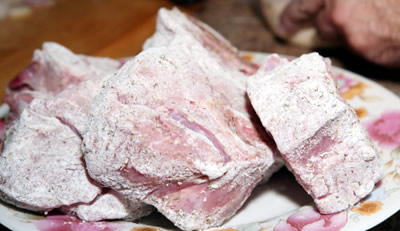
Other Options
There has also been some discussion about using floured meat as a thickener. However, many chefs consider browning in flour a cheat and think thickening and enriching should be done through reduction, slowly simmering a sauce to reduce the water content, thickening it and intensifying the flavor.
The choice is yours: dredge your meat in flour before browning and then add liquid to provide some body and thickening, or reduce the sauce after cooking to produce a slightly thickened silky sauce.
Thickening a Sauce
In the case of thickening, a couple of other options are available. While some professional chefs might consider it is cheating, you can thicken a sauce by adding a slurry of flour (corn starch, arrowroot, potato starch, etc) and cold water (or broth) to the sauce and then boiling for a few seconds.
The boiling cooks off the “raw starch” flavor and helps the starches to swell up, thickening your sauce.
Beurre Manié
Beurre manié is a French cooking technique that mixes equal parts of softened butter and flour to form a smooth paste. It is typically used to thicken sauces and soups.
The paste is then added to the sauce or soup while it is cooking, and it will help to thicken the liquid as it cooks. Beurre manié should be added gradually and stirred well to ensure that it is fully incorporated and there are no lumps.
Beurre manié can be used in various dishes, including sauces, soups, and stews. It is beneficial for thickening thin sauces or adding a creamy texture to soups. Remember that beurre manié should be added towards the end of the cooking process, as it can break down if cooked for too long.
If I aim to get a meal on the table on a weeknight, I will not feel bad about “cheating” with one of these thickening options.

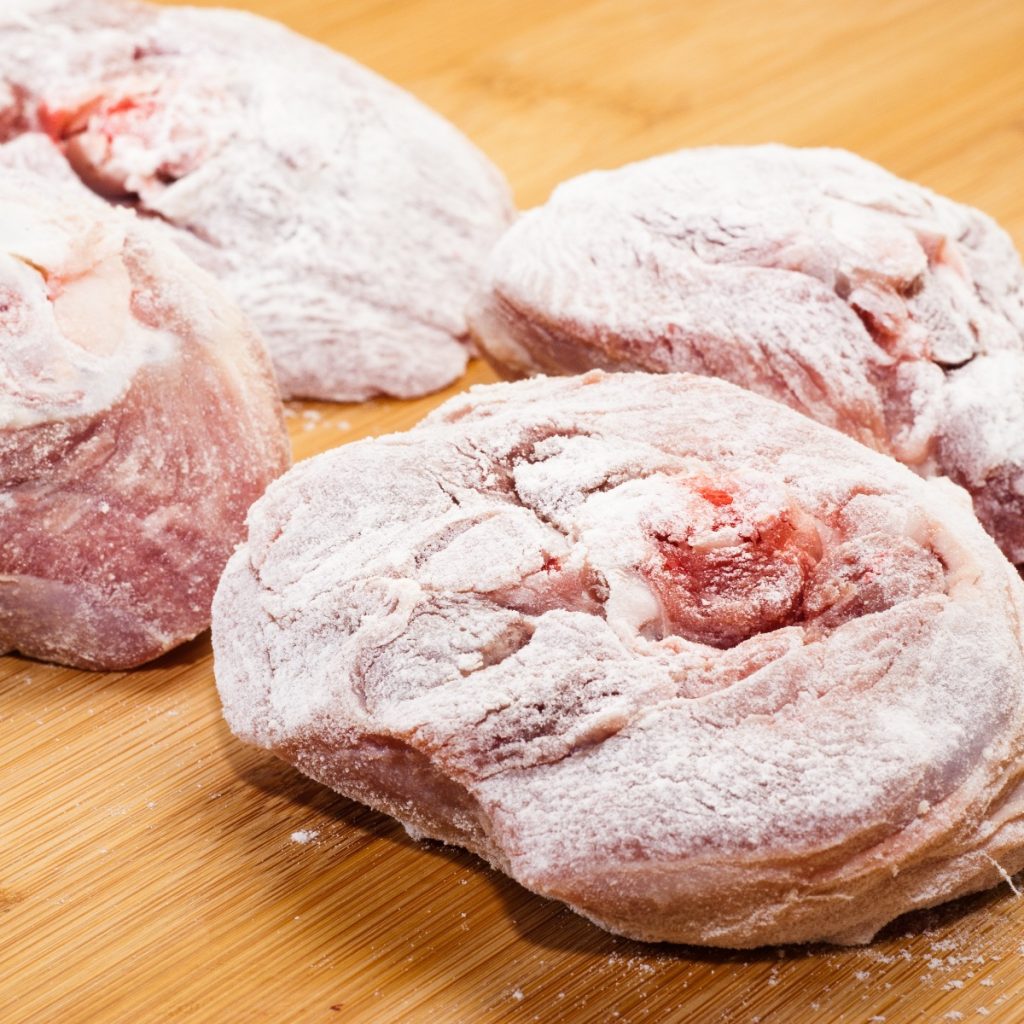
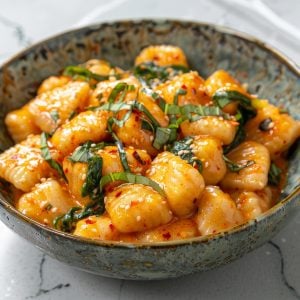
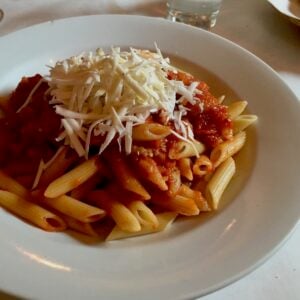


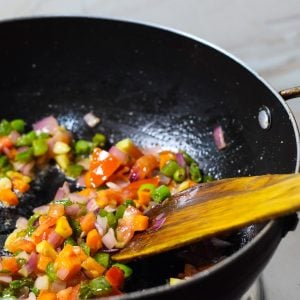
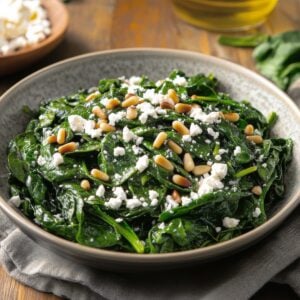
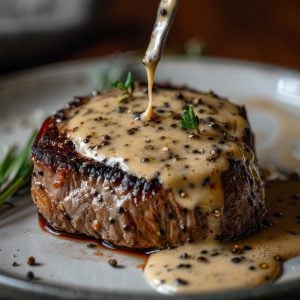
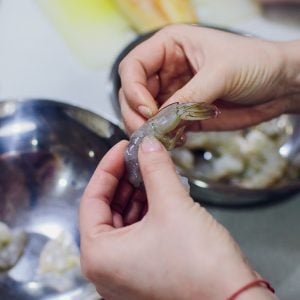
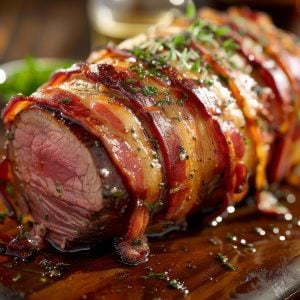
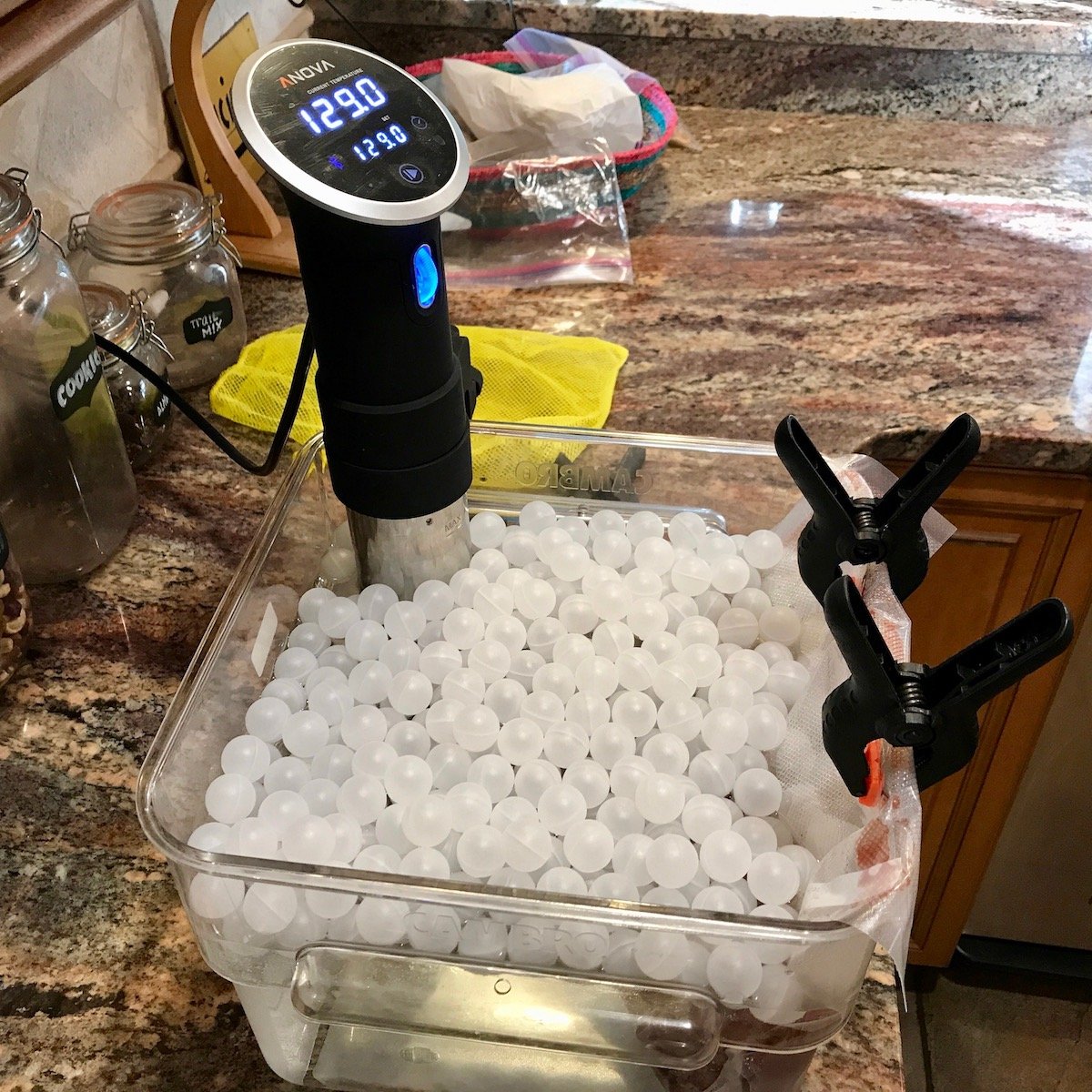
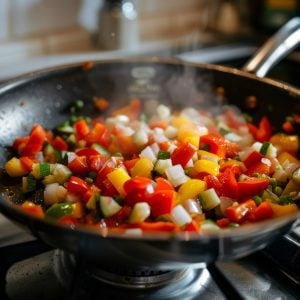
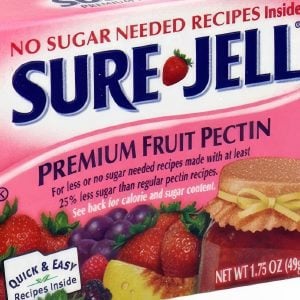


22 Responses
From the meat perspective, floured and not floured, result in different products, one should try and have both versions under the sleeve.
Sometimes, more than thickening, you want to group, smooth things together in the sauce, when liquid aren’t fully homogeneous.
Cheers
I am not a professional, however I feel that i know enough due to my love of cooking. In most instances, flouring the meat before browning imparts flavor more so than thickness. While some flour does thicken up a liquid, the most distinctive difference is that of taste. Also to consider is that of keeping the juices in by searing…forming a thin crust with flour. Most of the time, I opt for pan searing with floured meat. Why? The taste is more complex and desirable…Try it yourself. throw a piece of meat in an oiled pan and cook it. Then, try it dredged in a light coating of flour and cook it. You will see and taste the difference. My favorite would be to try pork tenderloin. Cut the loin into 3rd’s, Dredge them in some lightly seasoned flour, and brown it in some oil- on all sides until golden. Scoop some orange marmalade and put a dollop on the top of each piece and place in 400 degree oven for 12-15 minutes.
Try the same recipe, but omit the flour dredging. You will then have your answer. What a difference in flavor and texture. its also another step in prep…so it takes longer, but I feel its worth it in most applications of beef and pork.
As an enthusiastic cook, you probably should know that the whole “sealing in the juices” spiel is utter rubbish. No such thing occurs. Try it for yourself, weigh the meat before “sealing”, and again after.
Just one of those myths that everyone seems to believe.
You’ve got something mixed up here. Searing meat to “seal in the juices” for further cooking is a myth and doesn’t work. Covering it in starch on the other hand *does* help keep in the juices, as the starch will bind water, which the meat is then surrounded with, leading to a) a lower temperature of the meat and b) a moist surrounding allowing the meat to take in some of that moisture when the connective tissue breaks down into gelatin and binds water itself.
I agree that searing meats to “seal in juices” is no longer acknowledged by chefs today although you will still see plenty of cookbooks and cooking magazine articles say it does. When I started learning how to cook and created the reluctantgourmet.com web site, that’s what I learned so many of my older posts need to be changed to reflect my new way of thinking. I believe I did correct this one too. Thanks for your other comments about starches helping keep in the juices. Very interesting.
When I was a Camp Fire Girl back in the day, the leaders I had in my Jr Hi days took us on several trips and taught us a recipe they dubbed “mountain stew”. Straight out of the “A Man, a Can, a Plan” genre of cooking, it was super simple — and actually really tasty. It became a favorite on my family’s camping trips as well. My sister and I still love it and still make if often, many years later. I do change the recipe a bit by adding garlic with the onions, plus beef broth for a bit more liquid, and red wine for more flavor in the broth. I also flour the meat before browning, which is not part of the original recipe either. Whatever cooking science may say, I prefer the meat dredged in a bit of flour and cooked with onions and garlic first, then put in with all the veggies for the stew. Call me crazy — I’ve done it both ways and the flour dredging does make a difference.
Thanks for sharing your story Karen. What incredible cooking memories.
Excellent comment Juls.
makes sense, but why is it some recipes require you to soak meat in buttermilk or eggs before dredging in flour? is that for flavor also?
There is some evidence to suggest that the active cultures in buttermilk might help to tenderize whatever is soaking in it, but I think it would take a pretty long time to make a difference. If the soak is only half an hour or so, it’s probably for a little “tang” and also to give the flour/breading something to stick to.
Dipping in egg and then dredging in flour will form a kind of dough, so the coating will be a bit thicker than if dipping in buttermilk Remember, egg + flour = pasta. While the egg might add a bit of richness, it’s most likely function is to help form a crust.
One thing that I have found, is that if you brown your meat heavily after it has floured, it’s thickening ability will be reduced. It stands to reason the darker a roux the less thickening power. The same applies to flour browned on meat. For the best thickening result. The meat should be only blond on each side before the liquid is added to the pan. Then the seared meat can be briefly simmered in the liquid the thicken the sauce and some cold butter can be added to the pan to finish. Obviously this technique is not good for say steak, but then why would you be flouring your steak anyway. For dishes like chicken Marsala this seems a good technique.
Interesting – RG
Hi, just discovered your blog. Like your explanations (scientific, like Alton Brown).
I would like to bake poultry breast down (for juicy meat) and in an old fashioned enclosed roaster (or roasting wrap) to eliminate spatters (I don’t like to constantly clean my oven). How can I fake browning (as there will be none) and get some browning flavors?
Impossible?
Hi Thank you if you could help me, I’m oven roasting two turkey Brest, and how should I roast the top with flour or other?
Thank you.
as a learner cook form South Africa, thanks for your insight and carefully thought out analyses
I dredge my beef in flour , ONLY because my grandmother did and my mother also. My mom , especially told me to buy Chuck for a stew ALWAYS . My dad’s mom, paternal grandmother agreed with the buy Chuck meat choice. They both dredge , Brown , and use Chuck and cook in beef broth for at least 2.5 hrs. , if not 3 hours. Simmer ONLY. My grandmother was ALWAYS the better cook. My mom just so-so. The English decent are NOT known for Great cooking. My grandmother was an exceptional cook. Plum pudding , Yorkshire pudding , best cobblers etc. So I just cook like they did. My grandchildren pester me for stew several times in a winter season. My oldest grandson , 21, just loves it. He’s my stew baby. So happy I found your website. Thank you, Bomb on. Merry Christmas
On thickening gravy, I have stopped using flour completely, and instead include in the roast 2-3 potatoes, carrots, and an onion or two, then blend with roast drippings and reduce. The results are magical!
Thanks Jeff for that tip.
Recently, have done 5 or 6 whole, 5# chickens, breast down for ½ the roast time and then rotate. Juicy!
I accidentally coated a roast in flour then left it overnight in the refrigerator. Is it still good to cook in the crock pot? It looks really weird now…
I know it’s long past pertinent to YOUR particular post, but someone else may find themselves in the same situation, so… Of course it is still good to cook in the crock pot! The flour simply drew out and absorbed juices from the meat. It’s still the same meat, and still the same flour. Cook away…
Especially for soups and stews and the like, I do like to lightly dredge in flour (or cornstarch). Multiple reasons for me. 1) The flavor from the browning, 2) How silky (not always thick…but velvety) it can make the cooking liquid…particularly when I don’t have time to do a long cook time, 3) It seems to make the meat more tender…whether I barely brown it or go for a deep golden brown (and even when I cook it less than an hour). I’m guessing in a way on the third reason, part of it might be a similar science to how Asian restaurants “velvet” meat. Perhaps a quick and dirty version, but even super cheap stew meat always comes out tender instead of stringy or tough in my experience.
Dredging can accomplish several things. As has been mentioned, it makes the flavours more complex. Powdered spices, vegetables, different grain or pulse flours, can greatly expand your dishes’ flavours. Salt added to your dredge provides savor & DOES slightly help retain some moisture. However, only bare meat seared on a dry, no oil, solid surface over VERY high heat will lose less moisture. Initially sticking to the pan, it should be left unturned until it slides at the slightest touch. The second side is cooked the same way, then a short rest before serving.
After dredging you can dip your meat in a batter. The dry powder causes batters to cling better.
Using liquids, such as buttermilk, cream, broth, juice, or puree are all to moisten your initial dredge. Beaten egg is used after a second or third dredge before rolling in breadcrumbs such as panko. This is a way to build a crust without a batter, and can be used for meat or vegetables.
Thanks C Reese for a wonderful explanation.